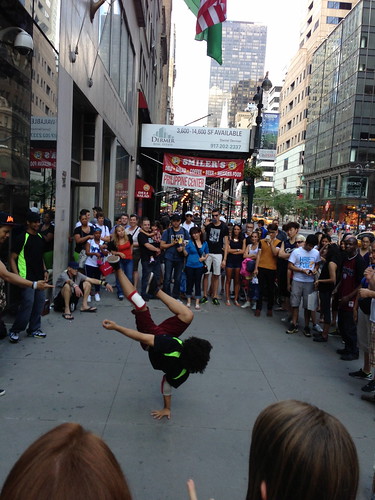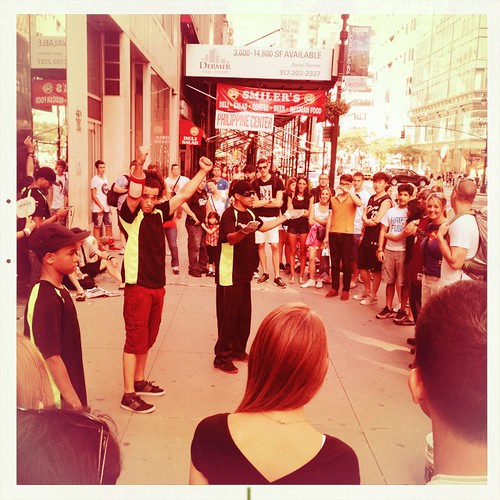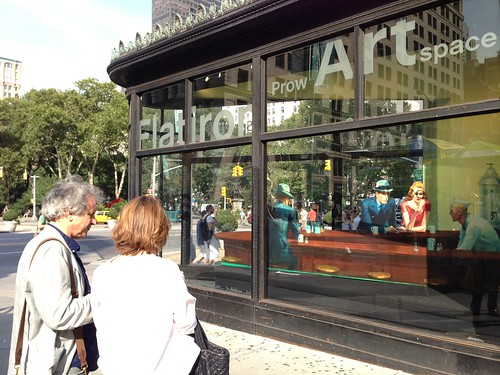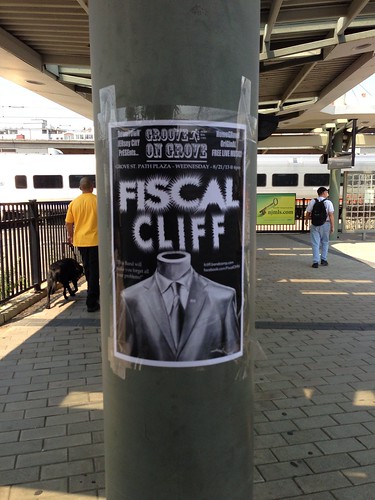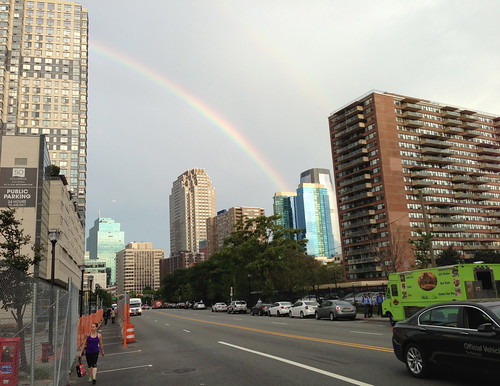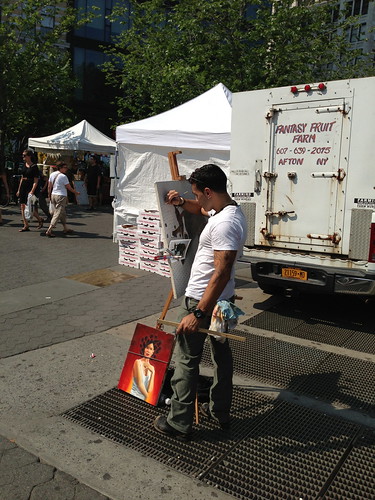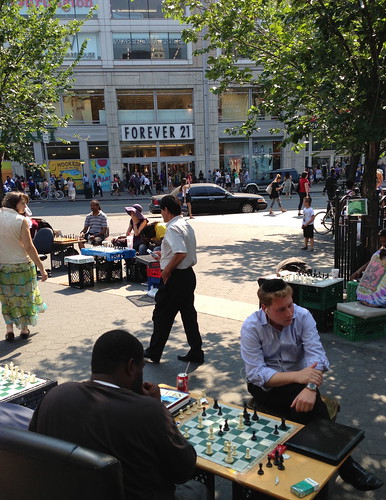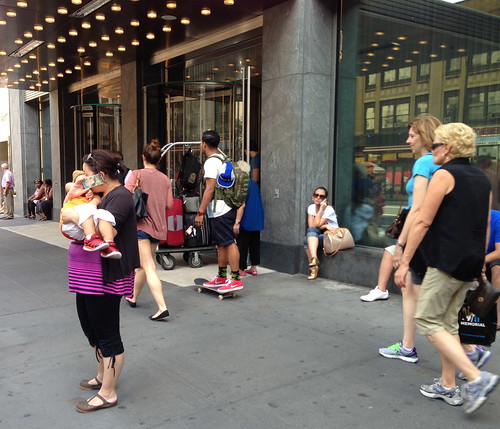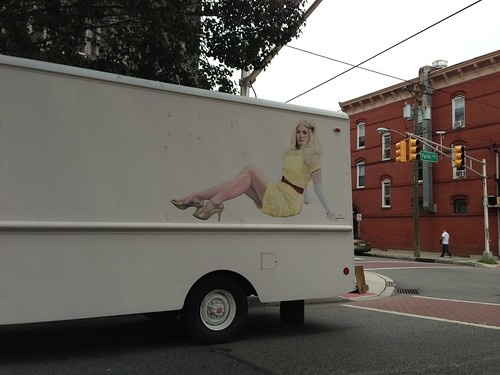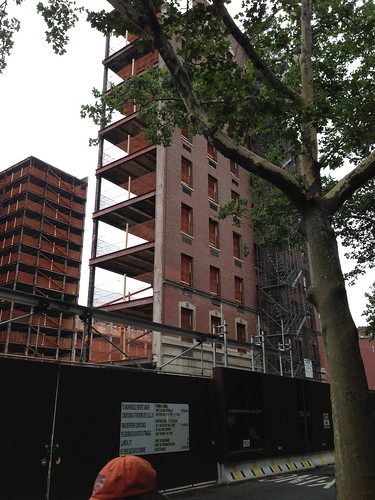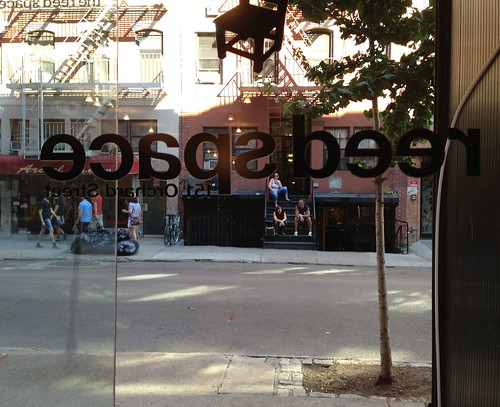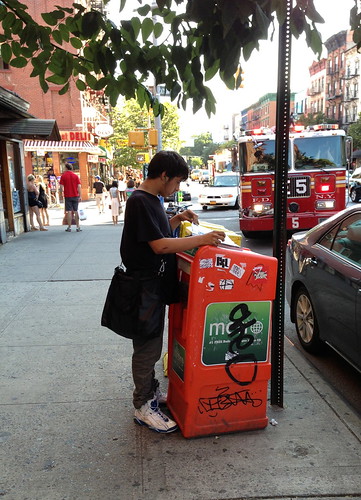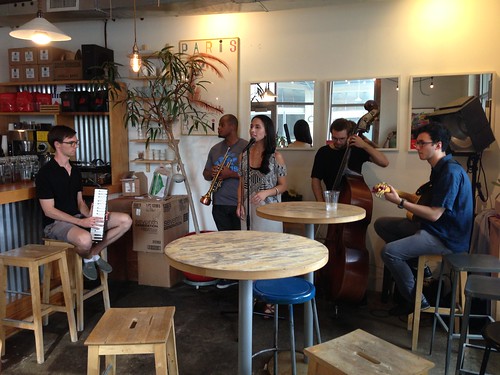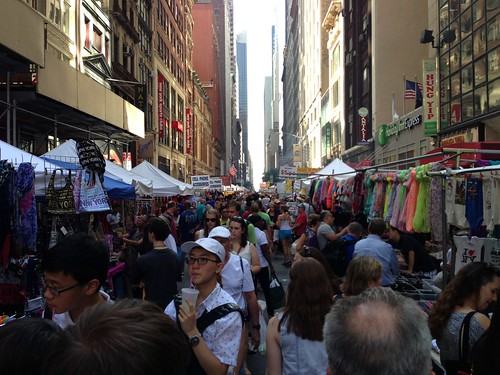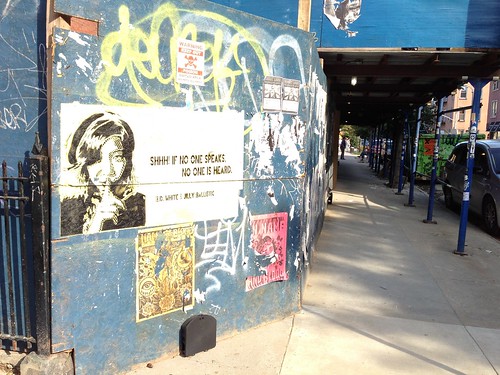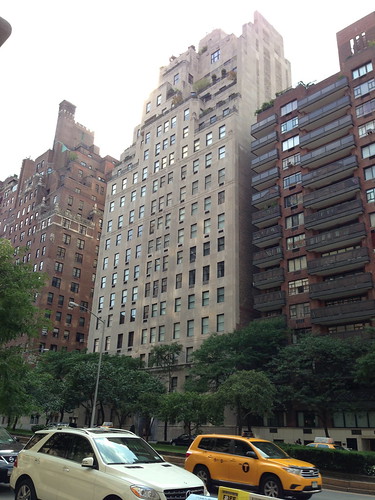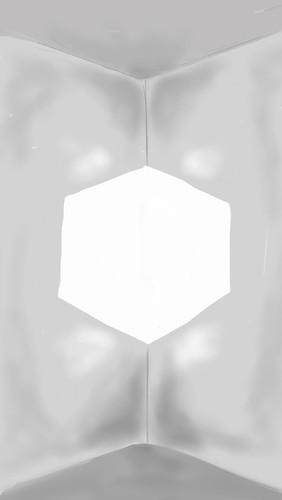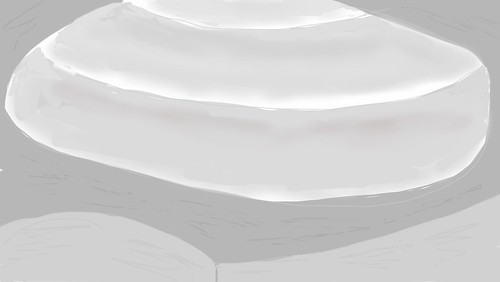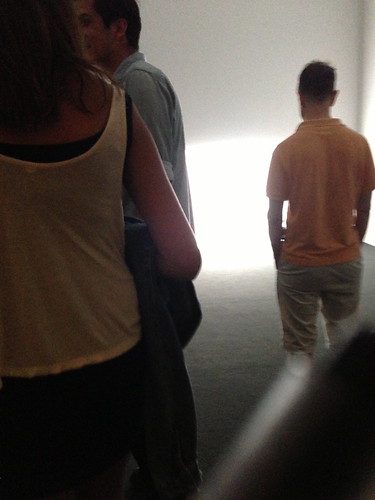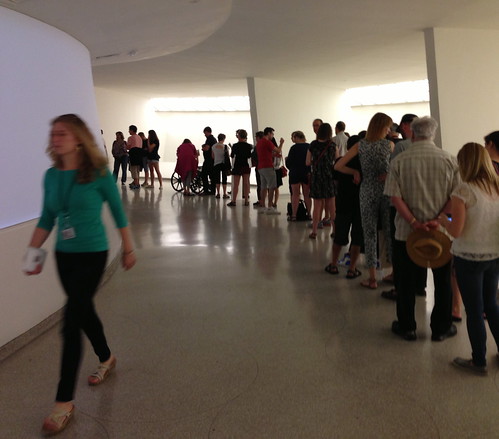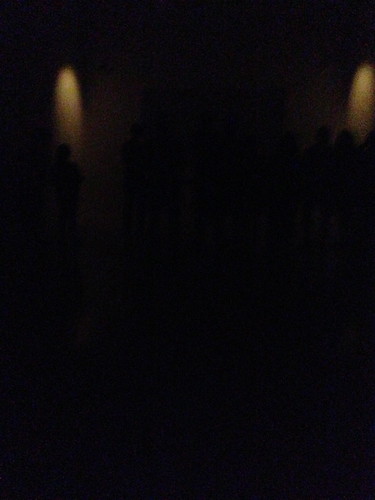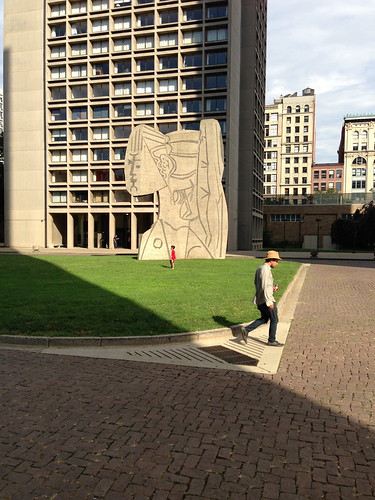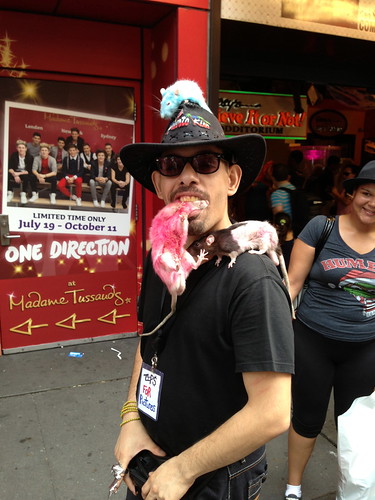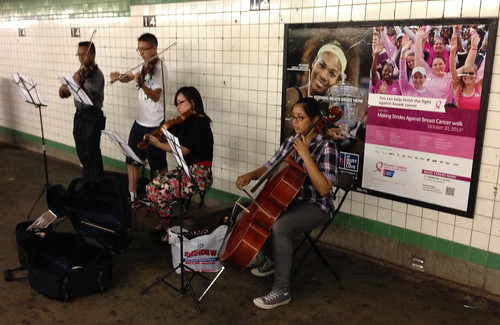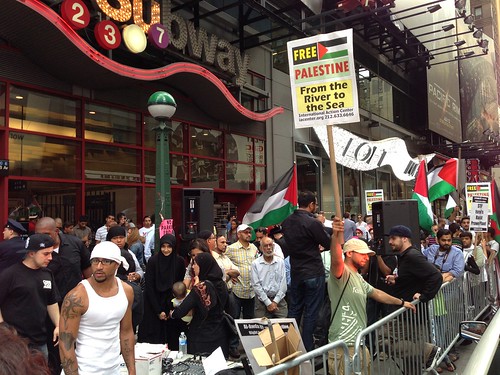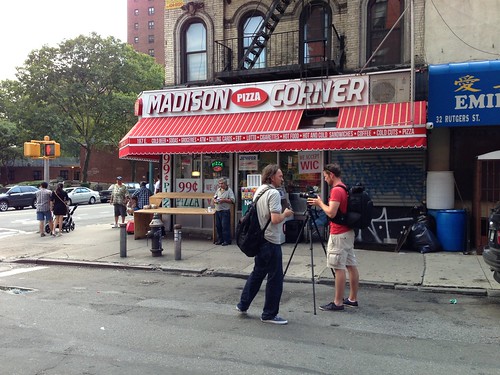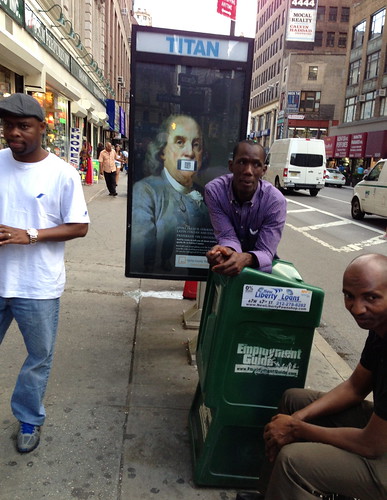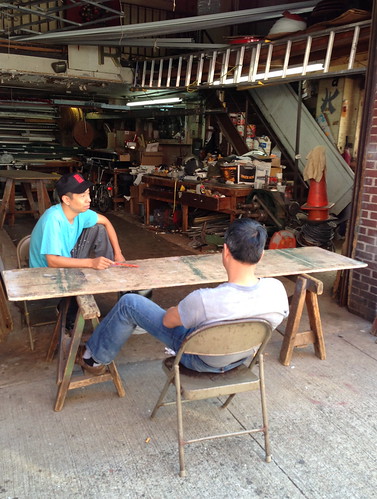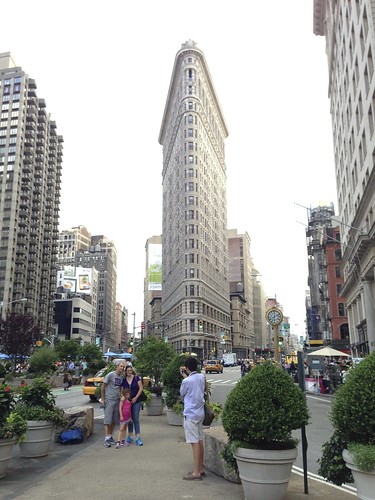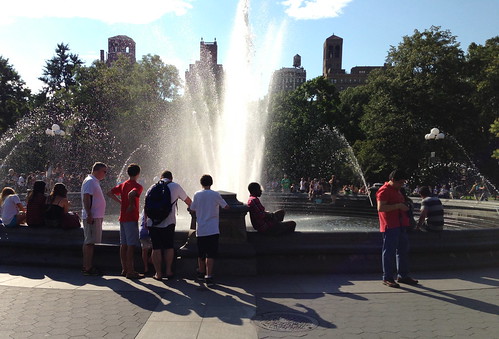
A little over two months ago, our senior US Senator from New Jersey, the very rich and progressive Democrat Frank Lautenberg (January 23, 1924 - June 3, 2013), passed away after a lingering illness. He had served two non-consecutive terms in the Senate, from 1982 through 2001, and then again, in the wake of former fellow Democratic Senator and enemy Robert Torricelli's corruption-motivated withdrawal from his re-election candidacy, from 2003 through this year. A World War II veteran and beneficiary of the GI Bill, Lautenberg went on to helm Automated Data Processing (ADP), the payroll processing behemoth, but he never forgot his Depression-era upbringing and the important role that the federal government played in his life and in the transformation of the country from the 1930s on. With Lautenberg's passing New Jersey and the country therefore lost a longstanding champion of many of the best ideals and policies of New Deal liberalism. He had initiated or strongly backed laws that helped protect consumers, increased the minimum wage, penalized drunk drivers, safeguarded the country's chemical facilities, made the tax code more progressive, controlled the free flow of firearms, expanded funding for public transportation projects, and ended smoking on most airplane flights. He had also consistently supported legal abortion services, civil rights and affirmative action, and equality for LGBTQ Americans, including same-sex marriage. Lautenberg was the main sponsor of the Ryan White Care Act, which provides federal support and services for people living with AIDS. He also pushed for the 1984 National Mininum Drinking Age Act.
New Jersey's election laws are somewhat vague on replacing a Senator who dies, because it appears the Governor can appoint a replacement and then call for a special election; appoint a replacement who serves until the next set general election for that seat; leave the seat open and call for a special election; or leave the seat open and wait until the next set general election for that seat. In the case of New Jersey's current governor, Republican Chris Christie, he chose to appoint a replacement Senator, his friend and fellow Republican, conservative attorney and former state Attorney General Jeffrey Chiesa, and then call for a special election this fall that would not coincide with this fall's statewide general election, which includes the vote for the governorship. In so doing, Christie guaranteed that he will not have a potentially popular and victorious Democrat running for a statewide office on the same ballot as him. The special election, however, which includes a primary next Tuesday, is estimated to cost $24 million at a minimum, which undermines Christie's claims for fiscal conservatism and cost-cutting. Chiesa has thankfully chosen not to run for the seat, so it appears that whichever of the Democrats emerges victorious next week will waltz to election in the special election this fall.
On the Democratic side, four candidates are vying to replace Lautenberg. Two of them are social and economic liberals (Congressman Frank Pallone, State Assembly Speaker Sheila Oliver), one a bonafide progressive (Congressman, research physicist and former professor Rush Holt), and the fourth and leading candidate appears to espouse socially liberal and economically neoliberal policies (Newark Mayor Cory Booker). Dr. Rush Holt, who has represented the 12th District for 8 consecutive terms (since 1998), has been a real progressive. A member of the Progressive Caucus, he advocated for the public option during the health insurance bill debate, has pushed for affordable higher education, has repeatedly said he would not support cuts to Medicare and Social Security, and has been steadfast in pushing for laws to ensure safe, legal and available abortion services. On environmental issues he has championed policies that would shift the country from its current non-renewable course towards renewables, a greenhouse cap, and lower subsidies for the oil and gas industry. He also attempted to push for greater limits on the government surveillance.
Yet he is currently in third place in the polls, just behind Congressman Pallone, who first represented New Jersey's 3rd district, from 1988 to 1993, before becoming the 6th district representative since 1993, who also has a strong progressive record, and was endorsed by Lautenberg's widow. Assemblywoman Sheila Oliver is in fourth place so far, but her record in the New Jersey State Assembly, in which she has served since 2004, has pursued consistently liberal policies, but one of her past accomplishments that particularly stands out is her work with the Newark Coalition for Low Income Housing, which she co-founded, and which was able to provoke a federal consent order requiring the Newark Housing Authority and the United States Department of Housing and Urban Development to construct one-for-one replacement housing for any housing projects demolished in the city. She unfortunately has underplayed this background and stressed that she would be New Jersey's first female and black US Senator if elected.
So powerful is two-term Mayor Cory Booker's public appeal and charisma, so high his profile, that as of this weekend, he was far in the lead, polling above 50%, and barring a calamity, will win the primary, and, as I noted above, the general election. Razor sharp, a social media maven, and an actual hero--he really did pull a constituent out of a burning building, saving her life--Booker has a record of accomplishment in Newark, where crime has fallen and jobs and development have increased since he assumed office in 2006. Among his achievements have been achieving a significant crime drop, including the largest by percentage in the US from 2006 to 2008; streamlining the city's budget; increasing affordable public housing; and attacking "pay-to-play" land deals negotiated under his predecessor, convicted ex-mayor Sharpe James. He has also shown himself to be a humanitarian and public servant by example, with actions, criticized by some as stunts, like rescuing abandoned dogs, surviving on a Supplemental Nutritional Aid Program (SNAP) budget for a week, and inviting Newark residents displaced by Hurricane Sandy stay and dine in his home. I have had the benefit of hearing him speak several times, and as I witnessed during the opening session of Rutgers University's annual Marion Thompson Wright Symposium, he can be an inspired and inspiring--rousing--orator, with more than just rhetorical gifts, but the ability to strike a deeper chord, and convey a passion, in that case for the important of history and of ideas, that other politicians cannot manage even under the best of circumstances.
Yet Booker has also been a strong advocate of "education reform" (charter schools, vouchers and privatizing public education) and pro-
Wall Street economic policy, and has received support for financial industry and corporate backers going back to his first campaign for Newark mayor in 2002. In 2010 he persuaded
Facebook co-founder and impresario
Mark Zuckerberg to donate $100 million to a foundation to benefit the
Newark Public Schools but it remains unclear where in the school system that money will go and how well it will be put to use. The links to
Silicon Valley extend beyond Zuckerberg;
The New York Times revealed this week, has presided over a private tech startup,
Waywire,
that has barely functioning but, far worse,
is basically underwritten by Silicon Valley executives and powerbrokers and had appointed the 15-year-old son of former NBC honcho and current CNN head Jeff Zucker to its advisory board. After the uproar, Zucker's son resigned, but the status of the company and this particular episode underlined that in addition to his extensive record of success, his overwhelming positive attributes, and the star power, much like former
First Lady, US Senator from New York and
Secretary of State Hillary Rodham Clinton, that he possesses and will continue to generate, benefiting the state, he will be as beholden to the plutocrats and their agenda as to New Jersey residents and the nation. I have donated to Booker's and Holt's campaigns, and probably will vote for Booker, but the optimal scenario would be to have Booker
and Holt as New Jersey's Senators, and the current senior senator, Democrat
Robert Menendez, whiling away his time at a policy institute somewhere.
As for the Republicans, the leading candidate is
Steve Lonegan, the legally blind former mayor of
Bogota, New Jersey, and a twice-failed candidate for governor. Lonegan was the subject of the 2003 film
Anytown, USA, which chronicled his campaign for reelection that year; once elected, he pursued conservative policies such as cutting municipal spending, consolidation of departments, and privatizing services and undercutting unions. Since leaving office in 2007, he has headed the New Jersey chapter of
Americans for Prosperity, the conservative public policy organization, and pushed for policies counter to and considerably to the right of the general state political and ideological mood. He also has been dogged by various controversies, among the most recent of them that a member of his campaign staff
tweeted a derogatory, racist comment about Cory Booker and the city of Newark ("just leaked — Cory Booker’s foreign policy debate prep notes," below which was a map of Newark with the words "West Africa, Guyana, Portugal, Brazil” and “Middle East, Afghanistan, Pakistan, plus Bangladesh and Trinidad" designating Newark's differing neighborhoods). Lonegan claimed that the tweet was not meant to be racist, but then one need only need look at his past, which has included calling for a
McDonald's billboard in Spanish to be taken down and trying to make English the official language of
Bergen County. His main challenger is Dr.
Alieta Eck, a physician and diehard opponent of the
Affordable Care Act (Obamacare). She has gotten no traction whatsoever, and it's unlikely that Lonegan, the favorite to win the Republican primary, will exceed 45% of the vote this upcoming fall.
